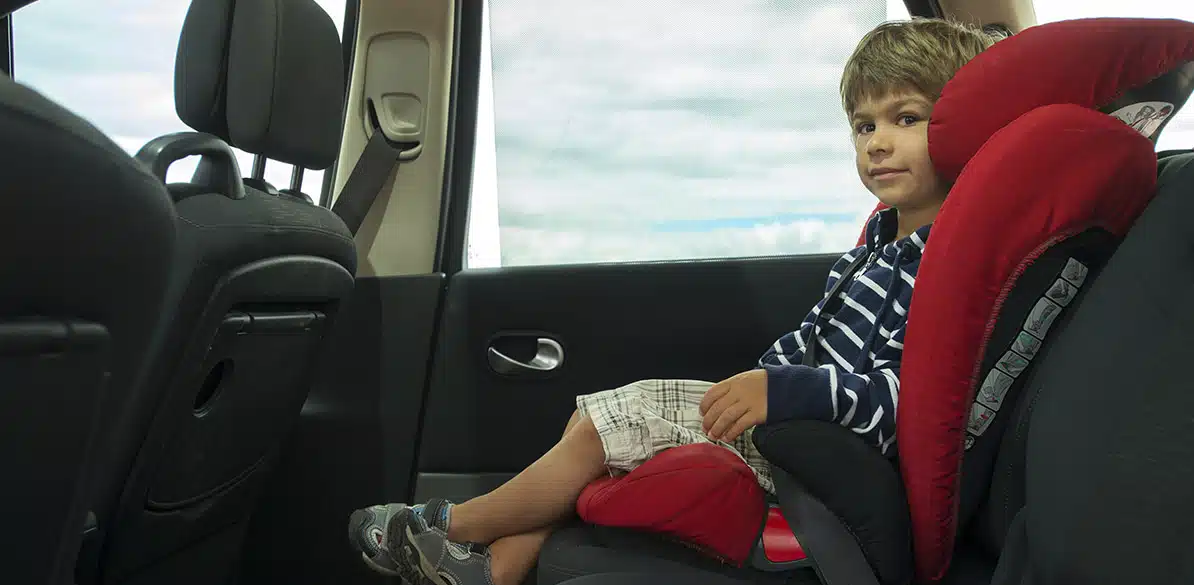Debunking myths about booster seats with armrests
Are armrests on booster seats with backrests really necessary?

Road Safety
First of all, we should mention that these so-called “armrests” are not elements designed to support the arms. Instead, their shape provides a guide for the seat belt’s chest strap. Neither their height nor their dimensions have been designed for resting the arms on. Something similar is true of headrests in vehicles, which perform a primary safety function in the event of a rear-end collision, but in no case are they designed as a comfort feature.
Going back to booster seat “armrests”, for years there has been a rumor or myth that seats that do not have this system do not provide adequate safety for children in the event of a collision, increasing the risk of damage to the child’s abdominal area.
Are “armrests” therefore necessary in booster seats with backrests? The answer is simple. No, they are not necessary and we are going to explain why.
The 3-point seat belt, which is used in all vehicles today, has a lap belt, which passes across the pelvis, and a chest belt, which restrains the entire chest up to the shoulder. The lap belt must pass over the area where the child’s legs meet their pelvis, but without any slack or gaps between the position of the child’s pelvis and the seat belt. This seat belt position is achieved by correctly positioning the child in the child restraint system, based on its height and longitudinal position.
In fact, booster seats with backrests keep the child further forward and higher than the vehicle’s seat itself. In this position, the “armrest” should not come into play, since the only thing it can do is artificially vary the correct positioning of the belt. Consequently, in no case should this element define the positioning of the lap belt.
From a safety perspective, it is the “armrest” that limits the upward movement of the chest strap, which could cause neck and chest injuries. If this movement is not limited somehow, the chest strap tends to move upwards as the child decelerates in a collision. It is at this point that we need a system to limit this possibility.
Child restraint system manufacturers use different techniques to accomplish this limitation, and a small hook is enough to change the belt dynamics and prevent the belt from lifting. We see examples of this in the main brands on the market.
In addition, a number of studies have shown that the use of “armrests” makes it more difficult to put the child in the seat correctly, since it is quite easy to pass the chest strap over the armrest instead of underneath it, which would favor this chest movement and increase the risk of injury.
This is the main reason why leading manufacturers discourage the use of these “armrests”, opting instead to fit simple hooks or similar solutions, thereby avoiding the risk of poor placement due to an element whose use has been misinterpreted.
The conclusion is that in the event of a collision, child restraint systems with armrests offer the same level of safety as those without, and in no case should this be a reason for choosing one type over the other.
